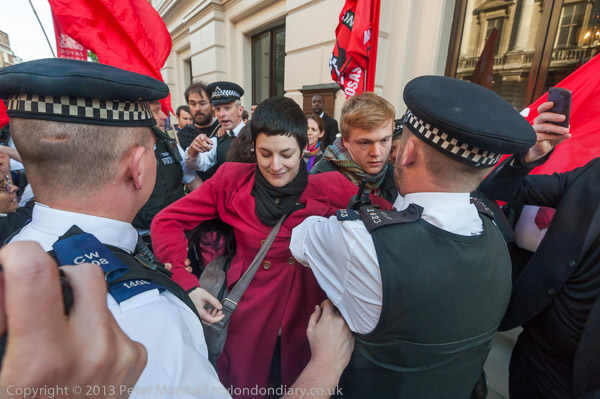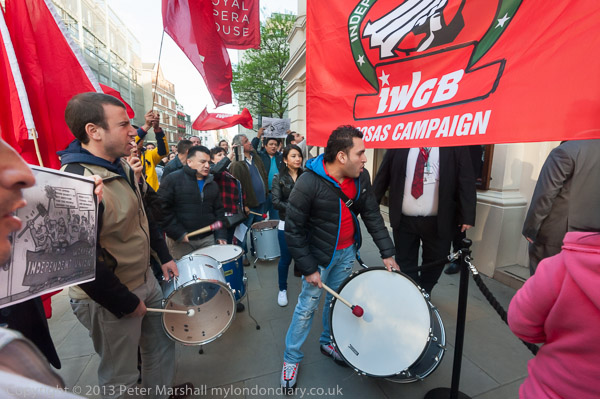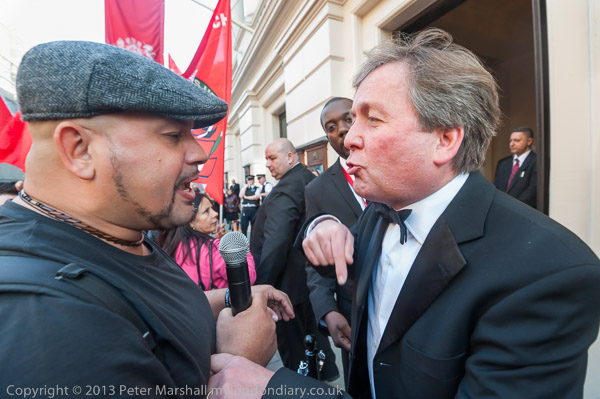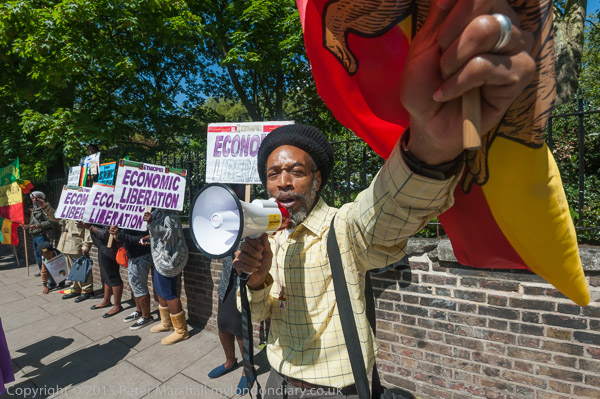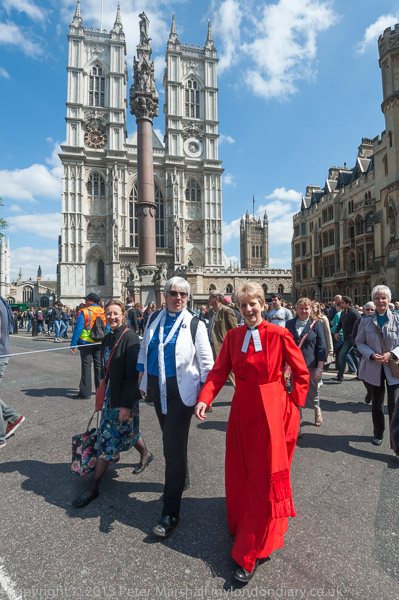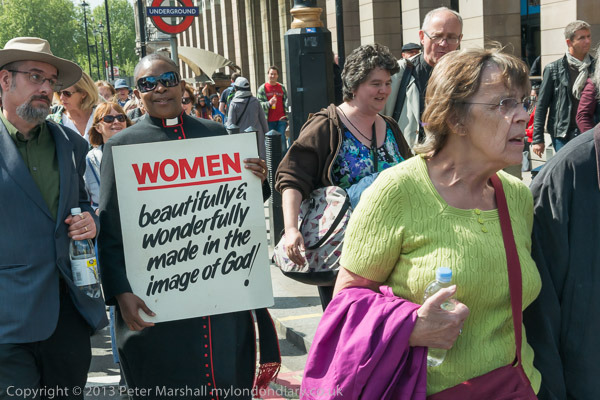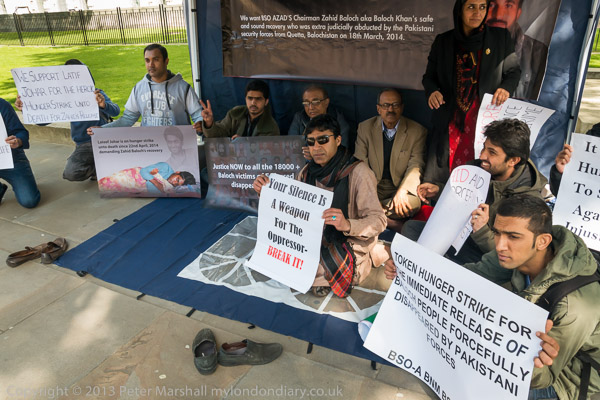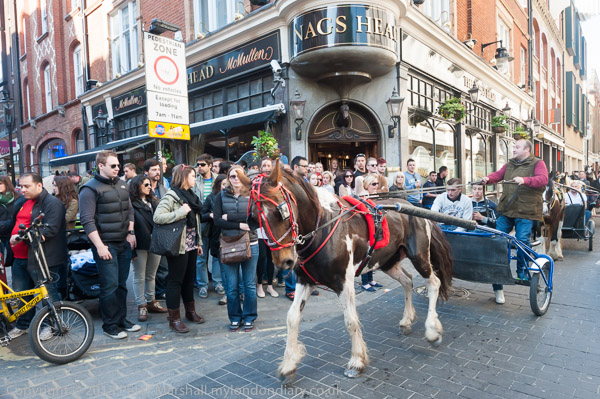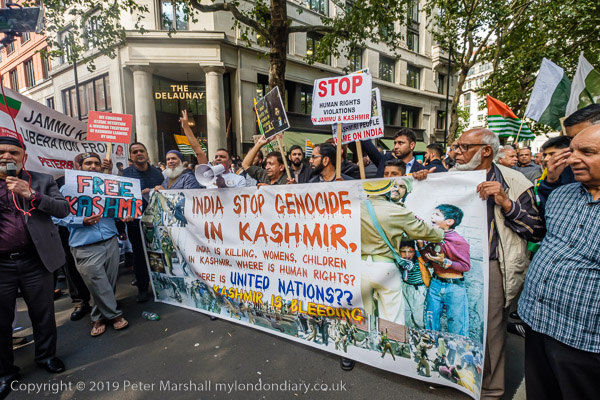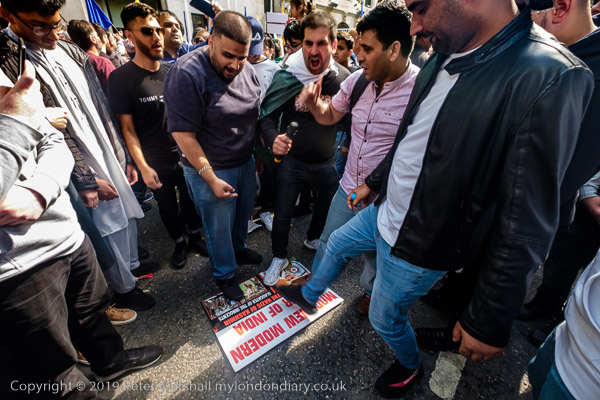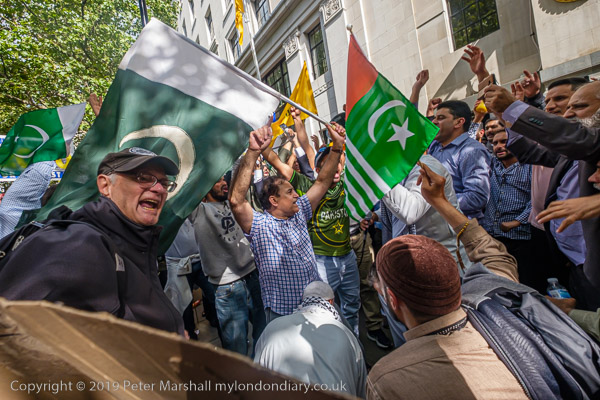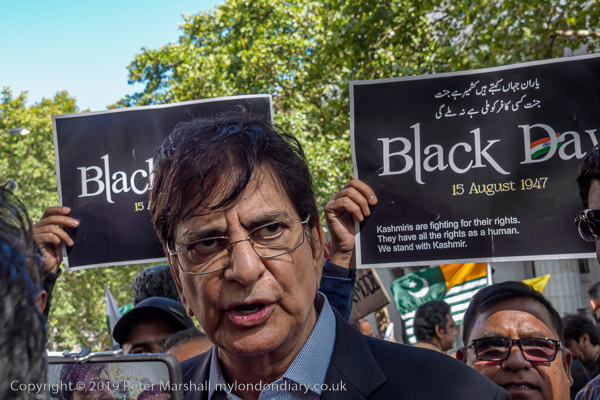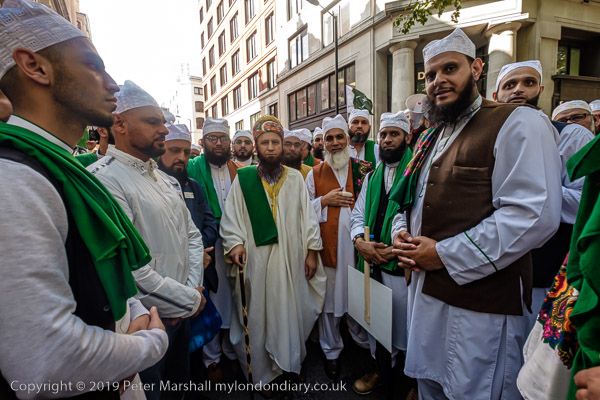My London Diary – 25th January 2008
Here is my diary entry for the day, now 14 years ago, reproduced from the My London Diary web page. I’ve included the headings for the four events which in the original are separated from the text in a different column, and a few more of the pictures, but there are many more on the linked pages. The original format makes it more difficult to associate pictures with text, particularly on mobile phones.
Stop Kingsnorth – No New Coal
E.ON Office, Pall Mall, London.

Friday was a busy afternoon for demonstrations in London. I started in Pall Mall, outside the E.ON offices. This power company is a massive producer of pollutants, and its latest plans, recently approved by Medway Council, are for a new coal-fired power station at Kingsnorth.
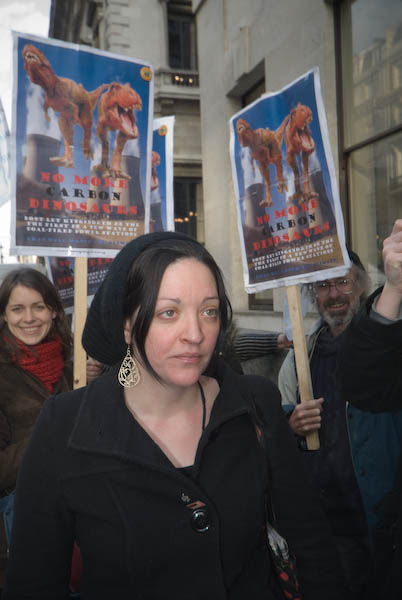
Currently this is awaiting government approval, but since it entirely contradicts their stated environmental policies it seems almost inevitable it will be given the go-ahead. When I left soon after the start of the demo there were perhaps 50 people present, but more may have come later.
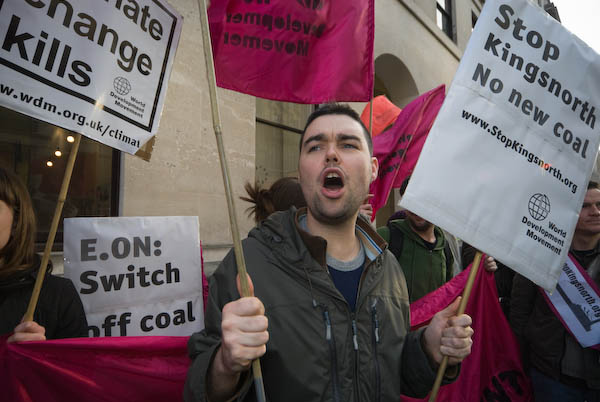
Police were being rather officious in keeping the pavement clear, impeding myself and another photographer trying to cover the event. My reminder that police were supposed to allow the press to do their job was disregarded and I was told I was not allowed to stand on the edge of the pavement in the gaps between the police, although I would clearly not have been obstructing the pavement or getting in the way of the police carrying out their duty. So much for cooperation.
more pictures
Kenyans protest against Ugandan President
Ugandan High Commission, Trafalgar Sq, London.
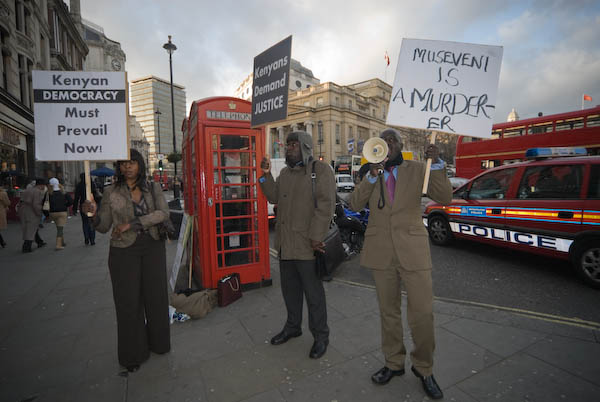
From there I headed up to Whitehall, on my way passing the start of a demonstration by Kenyans against the Ugandan President Museveni, who has lent support to the fixing of the elections in Kenya.
more pictures
Pakistanis protest at Musharraf London Visit
Whitehall, London.
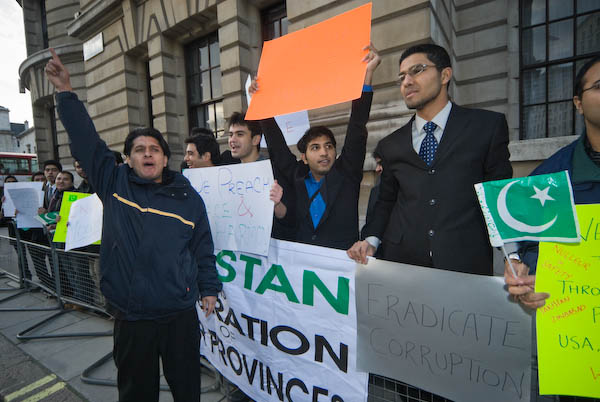
In Whitehall, a number of Pakistani protesters were waiting the arrival of President Musharraf who was expected to arrive by car at the Banqueting House. I took a few pictures and then left, deciding that I was unlikely to be able to get a decent picture when he arrived given the level of security.
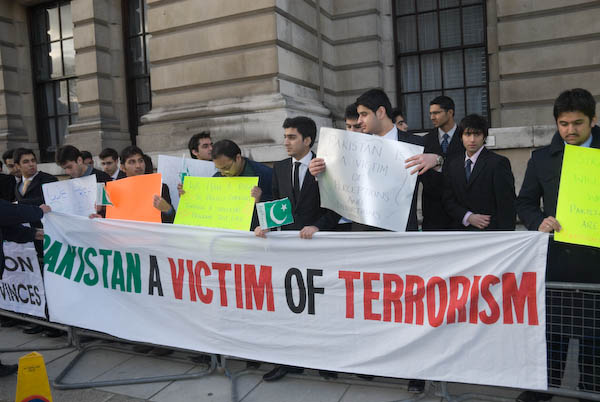
One of the other photographers present mentioned that he had no difficulty in photographing Musharraf in Leicester, where he was allowed to be close enough to be able to reach out and touch him. It wasn’t clear to us why photographers are thought to be so much more of a risk in London
more pictures
Feminist Fightback protest CMF Abortion lies
Christian Medical Fellowship, Southwark, London
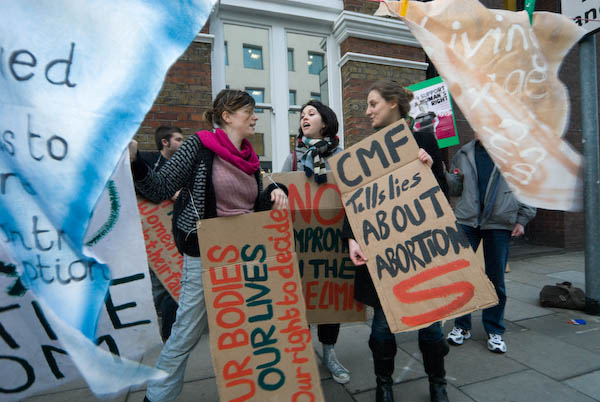
Finally I headed for the Borough, where Feminist Fightback were demonstrating outside the offices of the Christian Medical Foundation. The CMF gave misleading evidence to the Parliamentary Committee which was considering possible reforms of the abortion act last year, and a number of its members with little direct scientific knowledge also gave evidence as if they were expert witnesses. They also support (and host) the minority report, which is in part based on their unreliable evidence.
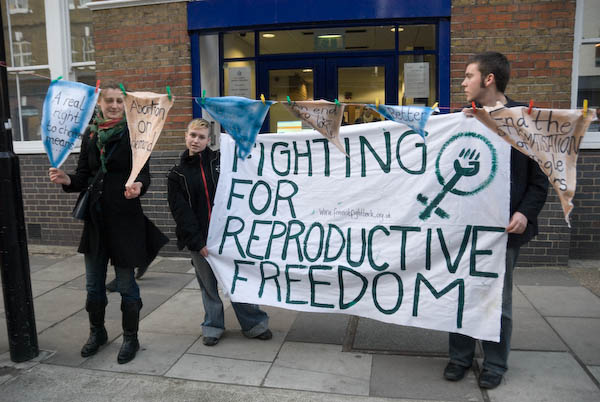
In particular the CMF is still pressing the government to reduce the current 24 week time limit on abortions. FF fixed up a washing line outside the CMF offices on which to hang cloth pieces with a number of their slogans and demands.
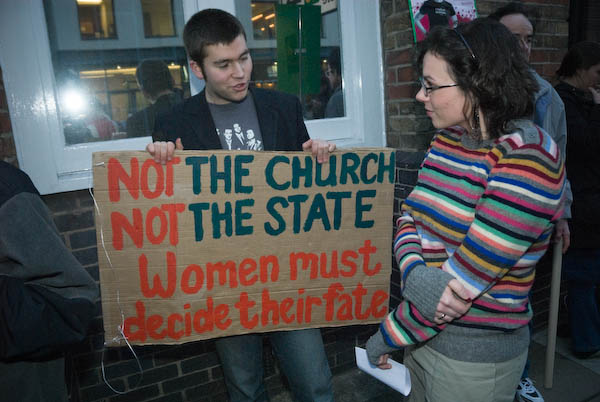
The CMF issued a press release stating that they welcomed the demonstrators and supported their right to protest – and also offered soft drinks and biscuits, as well as coming out to talk to the demonstrators (and film and photograph them.)
I think most of us would welcome a lowering in the number of abortions, but the way to do this is not by stricter laws on abortion. Similarly, the best approach to reducing the already small number of late abortions is to reduce some of the procedural bottlenecks that lead to delay in the system.
The practical arguments seem almost entirely on the side of the measures proposed by the feminists in simply being more effective and less hypocritical. But I also felt very much more at ease talking to the feminists than the christians, who somehow seemed to exude a self-righteousness that rather made my flesh creep. I’m with Charlotte Bronte when she wrote “self-righteousness is not religion.”
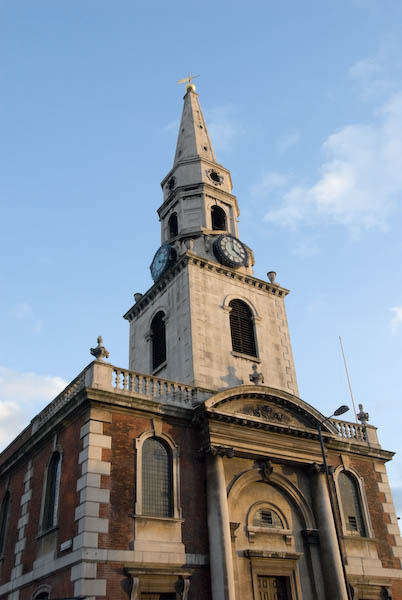
There are more pictures on My London Diary, including a few hidden away and not covered by the text taken as I walked from Westminster to Southwark.
